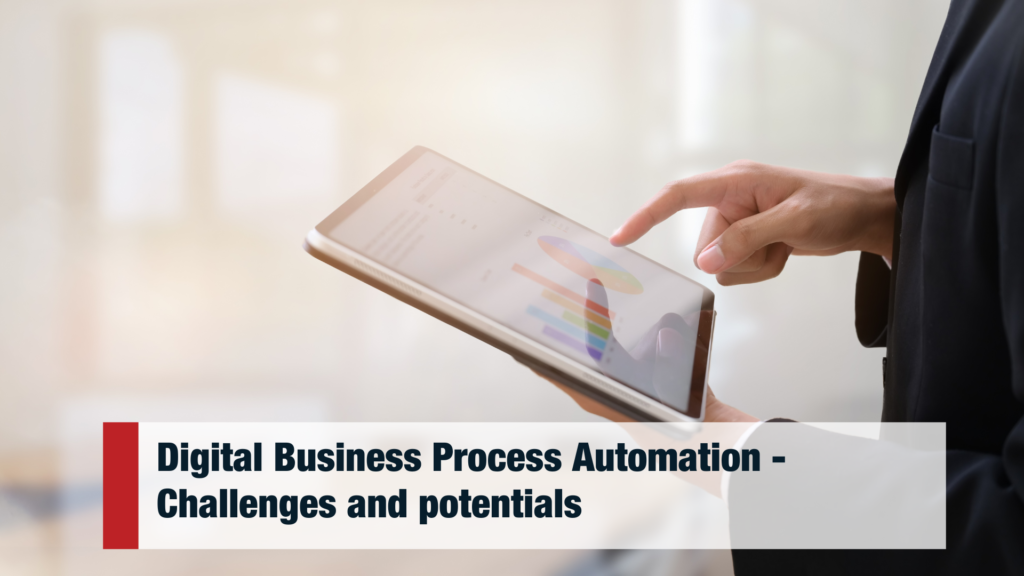
In today’s fast-paced business world, success depends on the ability to optimize processes and get maximum efficiency with minimum effort. Business process optimization is the key to streamlining your organization’s operations, reducing costs, and improving customer satisfaction. As a business owner or manager, it is essential to have a clear understanding of the fundamentals of process optimization if you want to position your organization for long-term success.
In this blog post, we will discuss the basics of business process optimization, including what it is, the benefits of optimization, the stages of optimization, and tips for successful optimization. Whether you are leading a small business or a large corporation, this post will provide valuable insights to help your organization thrive.
What is Business Process Optimization?
Business process optimization involves the use of technology, tools, and strategies to make your organization’s processes faster, simpler, and more efficient. The goal is to eliminate bottlenecks, improve productivity, and reduce costs while maintaining or enhancing product or service quality. Business process optimization can also help you identify new opportunities for revenue growth, customer acquisition, and market innovation.Benefits of Business Process Optimization
Optimizing your business processes has several advantages. For one, it can reduce administrative tasks, freeing up more time for you and your employees to focus on driving sales and building strategic partnerships. Moreover, it can help you reduce costs and eliminate human errors, as well as respond to changing market conditions quickly, giving you a competitive edge. Additionally, it can contribute to improving customer satisfaction, as streamlined processes lead to faster delivery, better communication, and fewer errors.Stages of Business Process Optimization
The process of business process optimization involves several stages. Firstly, you need to define what you want to optimize, whether it is a particular process, department, or the entire organization. Once you have defined the scope, you need to gather data and analyze it to identify opportunities for improvement. Next, you need to develop a plan of action and communicate it effectively throughout the organization. Finally, you need to implement and monitor your plan, making necessary changes as required. A digital transformation company can help you go seamlessly through the whole process so consider asking for help if you don’t have enough time or resources to take care of this on your own.Tips for Successful Business Process Optimization
Here are some tips to help you optimize your business processes successfully:- Start by identifying the most critical business processes that require optimization.
- Establish clear objectives and performance metrics to track progress.
- Seek feedback and input from employees to gain a deeper understanding of processes and identify areas requiring improvement.
- Invest in training and development to enhance employee skills and capacity.
- Develop a culture of continuous improvement by rewarding innovation and creativity.







